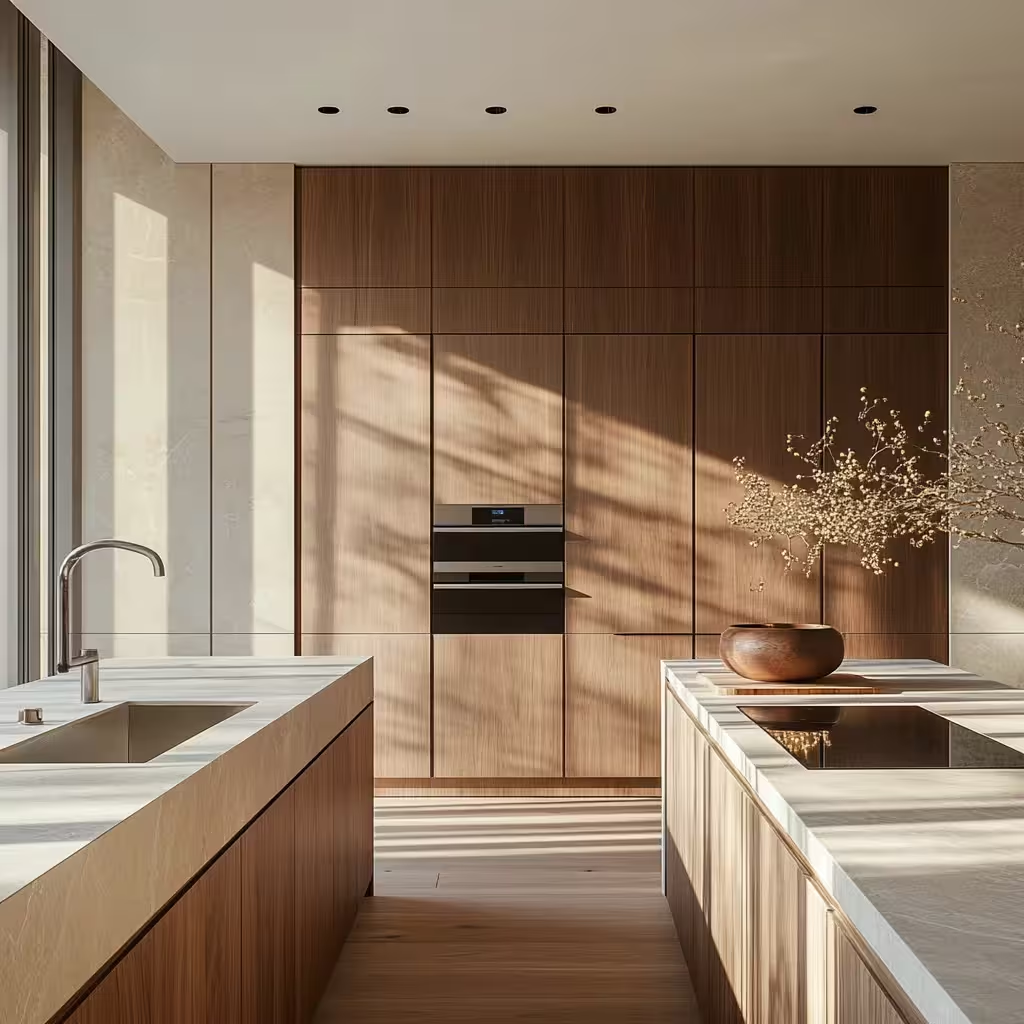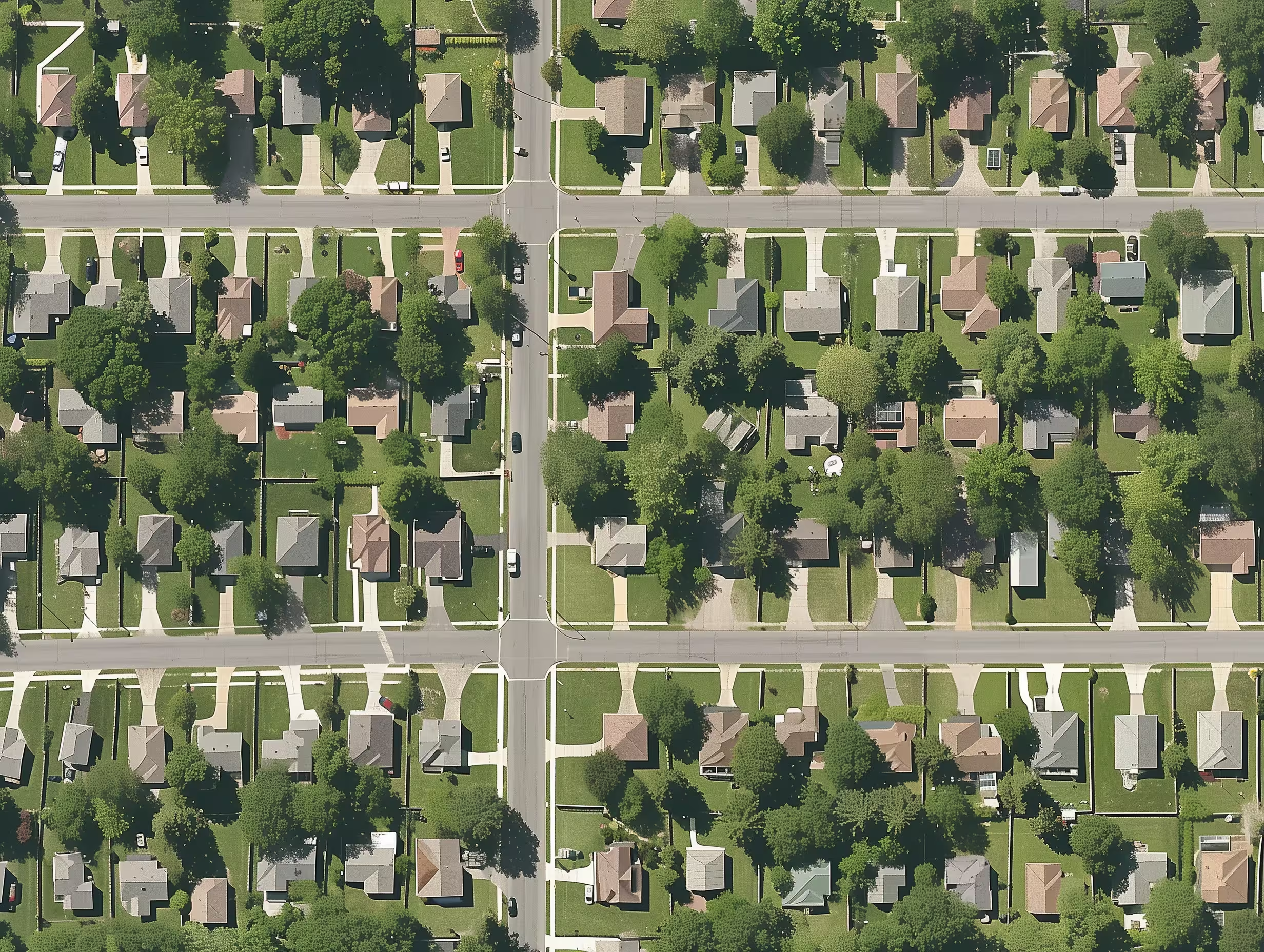This “mobile home” stigma has stopped countless buyers from considering modular construction for their new home, even though modern modular homes are built to higher standards of quality and safety than many traditional houses. In this article, we’ll debunk the myths, explain the differences between mobile/manufactured homes and modular homes, and show why modular construction is a smart choice for today’s discerning homebuyer. Whether you’re a first-time home shopper or an industry veteran, it’s time to discover how far prefab housing has come.
Modular vs. Manufactured Homes: Clearing Up the Confusion
First, let’s define our terms because the language can be confusing. A manufactured home (often colloquially called a mobile home or trailer) is a factory-built house as well – but it’s built to a different standard and code than a modular home. Manufactured homes are constructed on a permanent steel chassis and are built to federal HUD standards (a national code specifically for this type of housing). They are delivered more or less complete, often single-story, and can be placed on rented lots or in mobile home parks. Historically, mobile homes earned a reputation for being cheaply made, not well-insulated, and sometimes not very durable in severe weather. They were an important affordable housing option, but the stigma around them grew due to images of rundown “trailer parks” and reports of poor performance in storms or tornadoes.
Modular homes, on the other hand, are a completely different category: they are built in sections or modules in a factory, but they must meet the same building codes as site-built homes in the final location. In the U.S., that means modular homes conform to the state and local building codes (often the International Residential Code for one- and two-family homes). They are transported to the site in modules and assembled on a permanent foundation. Once put together, a modular home is a regular house in every legal and practical sense – it just happened to be built off-site first. There’s no steel trailer frame underneath once it’s placed; you typically cannot move a modular home once it’s installed (not any more than you could pick up a normal house and move it). In summary:
- Manufactured (Mobile) Home: Built in a factory on a steel chassis, to HUD code. Often lower cost, can be moved, but traditionally lower quality and a separate category of housing.
- Modular Home: Built in factory as well, but to the same code as traditional houses. Assembled on a permanent foundation. Equal or superior quality to site-built homes.
Understanding this key difference is the first step to dispelling the mobile home stigma from modular construction. When you hear “modular,” think modular = modern prefab house, not a trailer.
Why Is There a Stigma? (And Why It’s Outdated)
The stigma against factory-built housing dates back decades. In the mid-20th century, mobile homes were introduced as an inexpensive, mass-produced housing solution. Early models often had thin walls, minimal insulation, and generic designs. Pop culture and public perception lumped all “prefab” homes together as second-class dwellings – cheap, bland, and even unsafe. Images of mobile homes being destroyed by high winds or deteriorating quickly also fed into the negative stereotype. Unfortunately, this stigma has been so strong that even today’s high-quality modular homes get unfairly grouped under the same umbrella in many people’s minds.
However, this reputation truly no longer applies to modular homes (and arguably modern manufactured homes have improved a lot as well). Modern modular construction uses advanced engineering, robust materials, and strict quality control. The stigma persists largely because of a lack of public awareness and the old mindset that “if it’s built in a factory, it must be cheap”. In reality, we trust factory construction for so many products – cars, airplanes, appliances – because factories can ensure consistency and precision. Houses are no different. The controlled environment of a factory means no rain-soaked lumber, no shortcuts taken due to weather or labor shortages, and a consistent building process supervised by professionals.
Another reason the stigma sticks is visual: people often think of the boxy, plain single-wide trailer look. But modular homes today can be designed in any style – you’ve probably driven by modular homes and never realized, because they look just like traditionally built houses. From charming craftsman bungalows to sleek modern designs, modular homes come in all shapes and sizes. Once finished, they are virtually indistinguishable from a site-built home in appearance. The only difference is hidden in how they were constructed – and that difference actually makes them stronger.

Built to a Higher Standard: Quality and Strength in Modular Homes
Here’s the irony: far from being inferior, a modular home is often built to a higher standard than a typical stick-built home. Why? Because it has to be engineered for transportation and assembly. Think about it this way: If you built a regular house, then lifted it with a crane, put it on a truck, drove it down the highway, and hoisted it onto a foundation, what would happen? Likely, that house would crack or even fall apart. Modular homes, however, are designed to withstand exactly that process. Each module is like a super-robust version of a house section, built to handle the stresses of being moved. The structure is reinforced at the factory – extra framing, strong connections, and rigorous engineering ensure the module stays square and intact during transport and craning into place. In practical terms, that means the finished home is incredibly solid. The joints are tightly fastened, the walls often have more fastening and support than a typical home, and everything is precision-cut to fit perfectly.
Additionally, modular construction involves thorough inspections and adherence to building codes at multiple stages. The modules undergo quality checks in the factory, and then the completed home is inspected again on site. There’s no “winging it on the fly” as sometimes happens with a local crew framing a house in the field – every beam and connection in a modular home is part of an intentional design approved by engineers. Many in the industry refer to modular homes as “engineered houses” because of this. You’re not just getting whatever the local contractor felt was good enough; you’re getting a product of careful structural engineering.
It’s also worth noting that modular homes use the same or better materials as traditional builds. For instance, a modular home will use the same lumber, drywall, windows, and roofing you’d find in any house – often purchased from name-brand suppliers in bulk. In fact, because of factory efficiencies, modular builders might use higher-grade lumber or add extra glue and fasteners without significant extra cost, things that might be skimped on in a cost-cutting site build. And since modules have to fit together exactly, everything is built square and true, resulting in a very high-quality finish (no random gaps or uneven floors which sometimes plague site-built homes due to human error or material warping).
Energy efficiency and sustainability are another plus. Modular homes today often come with excellent insulation and tightly sealed construction (since it’s easier to insulate and seal in a factory setting). This can mean lower energy bills and a more comfortable home compared to an older site-built house that might have drafts or inconsistencies.
The Modern Modular Advantage for Homebuyers
For homebuyers weighing their options, here are some key takeaways about modular homes beyond just “they’re good quality”:
- Custom Design: Modular does not mean cookie-cutter. You can work with modular builders to customize floor plans, choose high-end finishes, and create a home that suits your style. From luxury two-story family homes to cozy cabins, modular construction can do it all. The old image of bland rectangular boxes is outdated.
- Speed: Modular homes can be built faster than traditional homes. While your site is being prepped (foundation, utilities), the house itself is being constructed in the factory at the same time. Once the modules arrive, assembly on-site can take just days. You could move into your finished home weeks or months sooner than with a conventional build.
- Cost Control: While a modular home isn’t “cheap” (quality has a price, after all), it often offers more predictable costs. You’re less likely to run into surprise cost overruns due to weather delays or subcontractor issues, which can plague site builds. The efficiency of the factory can also reduce waste (you’re not paying for piles of lumber cut-offs or materials ruined by rain). Over the lifetime of the home, savings continue through lower maintenance and energy costs thanks to the quality construction.
- Resale Value: A well-built modular home appreciates in value just like a site-built home. Since it’s built to the same standards and often higher quality, there’s no reason a modular home would be valued less. In fact, many buyers won’t even realize a home is modular unless told – they’ll judge it on its features and condition, as with any house.
- Peace of Mind: Knowing that your home was built under careful, supervised conditions can be a relief. You don’t have to worry that some critical connection deep in the wall was done sloppily on a windy day. Modular homes also have an excellent track record in extreme weather – there are documented cases of modular houses surviving hurricanes and storms better than neighboring site-built homes, because that inherent structural rigidity we mentioned pays off.
Embracing High Standards: Don’t Let Stigma Stop You
The bottom line is, today’s modular homes have nothing in common with the rickety trailers of the past. If you’re dreaming of a new home, you owe it to yourself to consider modular along with any other building method. Don’t let outdated stigma or terminology keep you from an option that could save you time, offer superior quality, and maybe even save you money in the long run. Visit some model modular homes, talk to homeowners who chose modular, and you’ll find that these homes are impressing even the skeptics.
In a world where housing innovation is needed more than ever, modular construction provides a proven path to get better-built homes faster. It’s not a fringe idea – it’s a growing movement in the industry. The only “mobile” thing about a modular home is the way it travels on a truck to your site; once it’s there, it’s every bit a home to be proud of.
Ready to explore the modular difference? Contact Mandeville Modular for a friendly, informative consultation. Our team is happy to answer your questions and show you how we build our homes to a higher standard. Don’t let old myths hold you back from your dream home – reach out today for more information or to get a quote on a custom modular build. Your perfect home might just come on the back of a truck!














